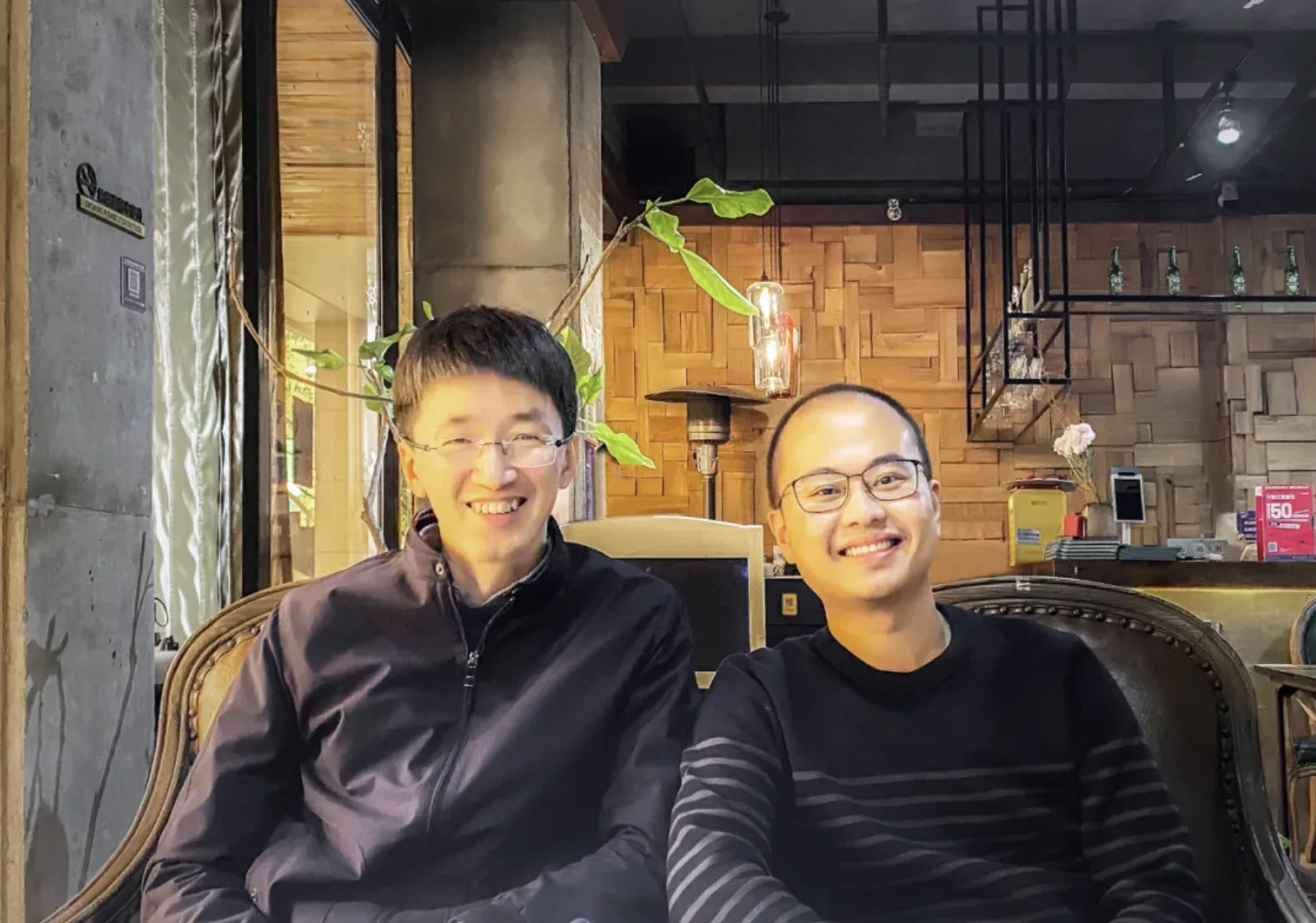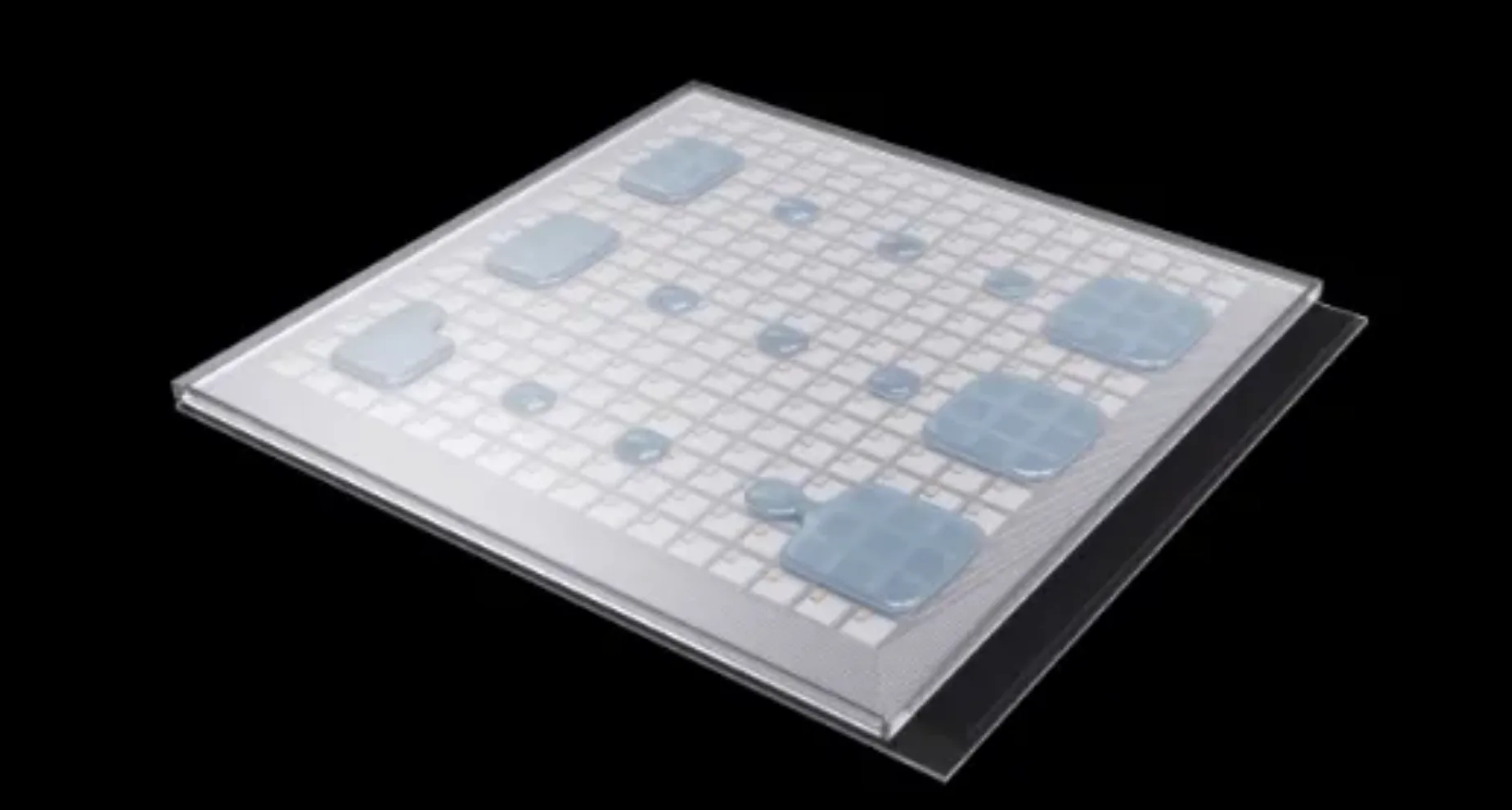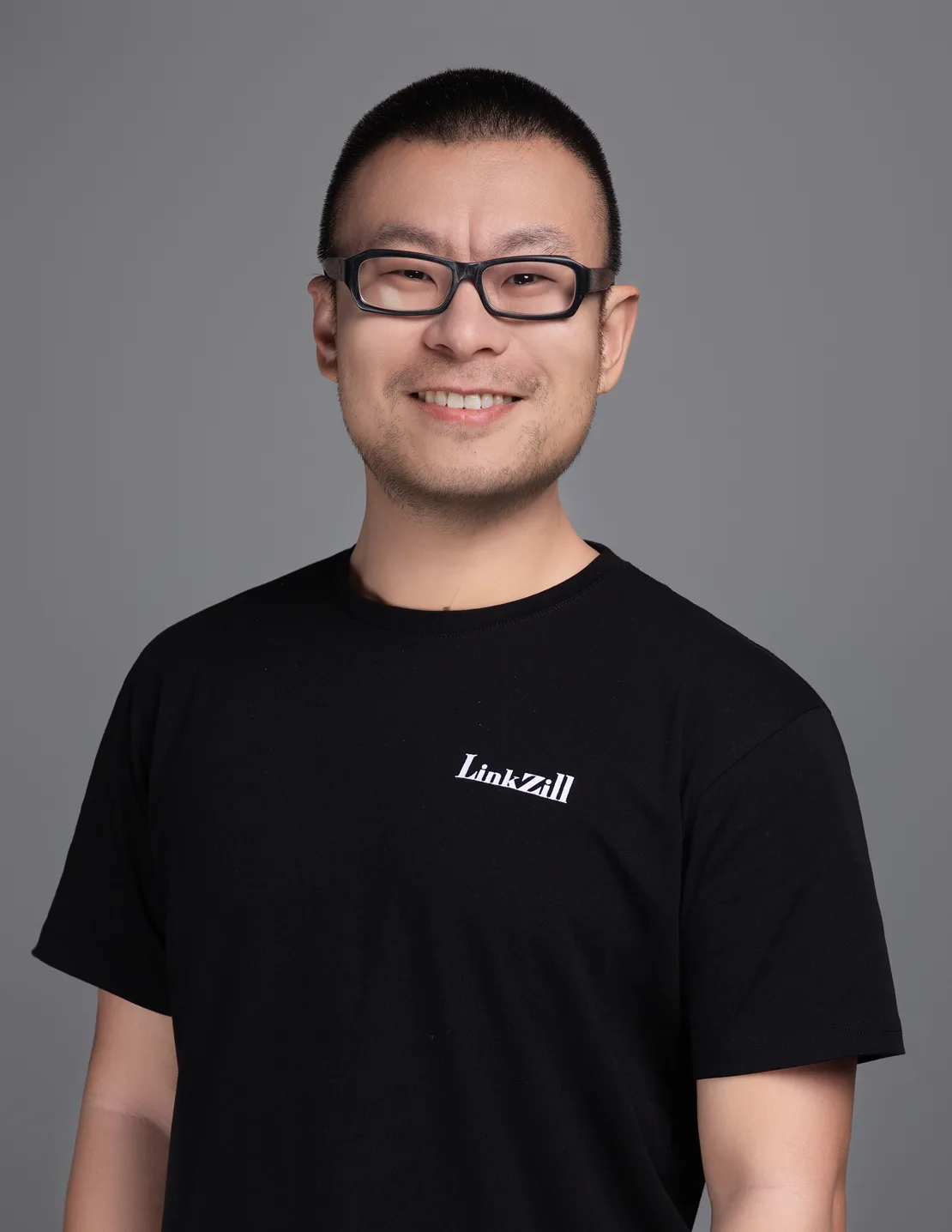On July 10, the first SYNBIO HIVE Synthetic Biology Competition – Entrepreneurship Track, themed “New Birth”, was successfully held in Shenzhen. At the event, LinkZill from Hangzhou won the Gold Award in the Financing Track of “SYNBIO FUTURE” with its new biochip developed based on Thin-Film Transistor (TFT).
It is reported that LinkZill was founded in January 2019, focusing on the research of TFT chip applications in high-throughput DNA synthesis, active digital microfluidics, and biosensing. In September last year, the company completed a multi-million-dollar Pre-A round of financing led by ZhenFund and followed by Supergravity Capital.
“With this round of financing, we have clarified the strategic direction of applying TFT in the life sciences field, and based on this, we have carried out the development and promotion of several segmented application directions. The new Pre-A+ round of financing is currently nearing completion, and the subsequent Series A financing plan will be launched by the end of this year,” Dr. Yixing Yang , Partner and CMO of LinkZill, told SynBio.

Photo | Dr. Yixing Yang, CMO of LinkZill (Left), and Dr. Linrun Feng, CEO of LinkZill
After graduating with a bachelor’s degree from the University of Science and Technology of China (USTC) in 2007, Dr. Yixing Yang pursued his doctoral degree at the University of Florida, USA, focusing on semiconductor optoelectronic materials and technologies. After obtaining his doctorate, he successively served as R&D Director at the U.S. startup NanoPhotonica and R&D Director of New Display Technologies at TCL Industrial Research Institute. In June this year, he officially joined LinkZill.
It is understood that LinkZill’s founding team consists of senior members who focus on TFT technology R&D and have industrialization experience. Dr. Linrun Feng, Founder and CEO of the company, obtained his bachelor’s and doctoral degrees from Huazhong University of Science and Technology (HUST) and Shanghai Jiao Tong University (SJTU) respectively. He also conducted joint doctoral training at the University of Cambridge, UK, and served as Vice President of NeuDrive UK. Dr. Zhe Liu, Co-Founder and CTO, comes from BOE Technology, a leading enterprise in the TFT industry, with years of industrial experience. Professor Xiaojun Guo, Co-Founder and Chief Scientist, is a senior expert in the global TFT field, with nearly 20 years of experience in R&D of new semiconductor technologies.
According to reports, LinkZill’s technology R&D team currently has more than 20 members, mainly focusing on TFT chip design and the construction of supporting peripheral systems. At the same time, with the establishment of the company’s biotechnology team, the scale of the entire R&D team is still expanding, and it is expected to exceed 40 people by the end of the year.
Building Core Technological Barriers and Layouting New Applications of TFT in the Life Sciences Field
At this stage, LinkZill’s business layout is mainly divided into two segments, focusing on the application of TFT in the optoelectronic field and the life sciences field respectively.
“For the business segment centered on the optoelectronic field, we focus on new optoelectronic application directions and carry out development for new application scenarios, directions, and technologies,” Dr. Yixing Yang said. “The product line of the optoelectronic business segment mainly includes optoelectronic displays, optoelectronic sensors, as well as related supporting drive systems and test systems. At present, standardized products have been launched for these categories.”
“The application of TFT in the life sciences field will be our core business in the future,” he pointed out. “At present, there are no standardized products launched for this business segment. This is because we are not adopting a ‘product sales’ model at present, but a ‘customized technology cooperation and development’ model, that is, designing and developing different products for different customers.” For example, customers in synthetic biology need to use TFT chips for DNA synthesis experiments; customers in digital microfluidics require TFT chips for biological droplet manipulation.
At the same time, “we hope to replace existing solutions with TFT chip technology, so that more customers can see the huge potential and role of TFT in the life sciences field,” he said.

Photo | TFT-Based Digital Microfluidic Technology of LinkZill
According to reports, the company’s medium- and long-term development plan will still revolve around these two business segments. “As the optoelectronic business gradually matures and operates steadily, this segment will continue to support the company’s early and even mid-term development,” Dr. Yixing Yang said. “The application of TFT in the life sciences field will be a huge incremental market, and its market scale will continue to expand in the future. We believe there will be significant business growth in this area, so we will focus on investment and layout in the next step, including investment in capital and technical personnel.”
Regarding the challenges the company may face in its future development, Dr. Yixing Yang summarized them into two aspects: market and technology.
First, the market aspect. In the process of promoting TFT to the life sciences field, the public’s awareness of TFT applications will go through a process, and their acceptance will vary. At the same time, it also involves the subversion of original habits, the impact on existing businesses, and potential risks. “This is a key challenge we may encounter in market development. As a solution, we need to drive wider public acceptance through more successful application cases,” Dr. Yixing Yang said.
Second, the technology aspect. “Few domestic enterprises apply TFT in the life sciences field, and we ourselves are exploring step by step. Therefore, there are some unknown technical risks, such as some technical specifications may be difficult to meet, or the final compliance may be delayed, leading to capital risks and the risk of missing the market entry timing,” he said.
As a solution to technical challenges, Dr. Yixing Yang said that first, the entire technology development plan should be better decomposed and organized; second, more outstanding talents should be recruited at home and abroad. “We have already started the layout and planning. We plan to establish an overseas branch next year. One purpose is to explore markets and customers; the other is to attract more outstanding overseas talents,” he pointed out.
When talking about LinkZill’s competitiveness, Dr. Yixing Yang said it mainly lies in “cross-field integration”, specifically in three dimensions: technology, patents, and business model.
First, technology. “Traditional TFT has long been widely used in the optoelectronic field. Now we hope to extend the application of TFT from the optoelectronic field to the life sciences field. In this process, it is necessary to conduct targeted redesign and development of the underlying circuit modules of TFT,” Dr. Yixing Yang said.
For example, signals in biological applications are generally weak, so it is necessary to develop signal amplification circuit modules to amplify the signals; another example is that biological applications often involve temperature control modules. In addition, for biological experiments, biocompatibility must be considered, so appropriate surface materials should be selected for the surface processing of TFT to meet the needs of biological experiments.
“The underlying circuit modules of TFT chips, as well as new materials and processes with biocompatibility, jointly build our core technological barriers in the life sciences field; in addition, the biological functional modules developed through TFT underlying circuit modules combined with biological functional needs, such as digital microfluidic modules and electrochemical detection modules, further build another layer of cross-technological barriers for us. In the future, all our TFT-based life sciences applications will rely on these key technologies developed,” he summarized.
Second, patents. “The key technologies mentioned above are not available in the traditional optoelectronic applications of TFT. Therefore, the core key technologies we have developed will be protected by corresponding patents to form a systematic patent layout,” Dr. Yixing Yang said. “This not only provides comprehensive patent barrier protection for our entire core technology system but also constitutes a very important and valuable intangible asset for Lingzhi in the future,” he added.
Third, business model. “We have introduced a special business model for this endeavor, called TFT Fabless, similar to the Fabless model in the IC chip field,” Dr. Yixing Yang explained. “We do not engage in the production and manufacturing of TFT chips ourselves. Instead, we first design TFT chips according to the needs of downstream customers, and after completion, we hand them over to upstream suppliers to carry out the tape-out and manufacturing of TFT chips through their mature production lines. To ‘realize’ this business model, it is necessary to be familiar with upstream and downstream customers, including communication and connection with upstream and downstream parties, as well as industrial chain integration. This is exactly the business model barrier we have built,” he said.
Building an Integrated Chip Biological Experiment Platform Based on TFT
When asked why TFT technology is applied to the life sciences field, Dr. Yixing Yang admitted that it was actually inspired by the application of IC chips. According to reports, for the life sciences field, compared with IC chips, TFT chips have advantages mainly in two aspects:
First, cost. “At present, the cost of customized tape-out for IC chips starts at tens of millions of yuan. In contrast, the cost of TFT chips is much lower. Whether in early R&D or later mass production, TFT chips have more cost advantages,” he explained. “At this stage, the size and corresponding cost feasibility limit the wide application of IC chips in the life sciences field.”
“At the same time, production capacity is also an advantage of TFT chips,” Dr. Yixing Yang said. “IC chips currently face a series of problems such as tight production capacity, technical barriers, and intellectual property rights. In contrast, the production capacity of domestic TFT chips is very abundant, and there are not many technical barrier restrictions in mass production.”
Second, application scenarios. “It is undeniable that in terms of ‘performance’ parameters alone, TFT chips are not as good as IC chips,” he said. For example, processor products, the most widely used IC chips, have strong computing capabilities, while current TFT chips hardly incorporate computing capabilities and usually need to rely on peripheral IC drive systems to achieve computing functions.
“However, IC chips with strong performance are sometimes ‘overqualified’ when used in the life sciences field. At the same time, due to the aforementioned size and cost feasibility issues, some application scenarios in the life sciences field cannot use IC chips. In contrast, TFT chips have become a better choice. We speculate that TFT chips can theoretically be fully competent for most application scenarios in the life sciences field. This brings great room for imagination. In the future, it is expected that all experimental operations in the life sciences can be transferred to TFT chips. In the future, it will be possible to develop a TFT-based integrated chip experiment platform (lab-on-a-chip), thereby realizing the digitization and programming of biological experiments,” Dr. Yixing Yang pointed out.
At this stage, the application scenarios of TFT chips in the life sciences field are still limited. “In this regard, we hope to develop different application scenarios one by one and accumulate gradually, and finally achieve coverage of most biological application scenarios. At that time, new life sciences application scenarios can be quickly realized by integrating the required existing biological functional modules, similar to building with building blocks. In this way, an integrated biological experiment platform can be realized in the future,” he said.
When talking about the biochip industry, Dr. Yixing Yang introduced, “Biochip is actually a relatively broad category, and we focus on biochips with circuit control. Globally, the current market size of the biochip field is close to 20 billion US dollars, and this will be a rapidly developing incremental market, which is expected to reach a market size of 100 billion US dollars in the future.”

Photo | TFT Chip Developed by LinkZill for DNA Synthesis
At present, the application directions of TFT biochips developed by Lingzhi Technology mainly focus on digital microfluidics, DNA synthesis, in vitro diagnostics, and biosensing. “These are all representative application cases of TFT chips in the life sciences field. With the continuous maturity of partial applications, new applications will continue to enrich. Although the application of TFT chips in the life sciences field is still in a relatively early stage, I believe its application prospects in the future will be very broad,” Dr. Yang Yixing summarized.



